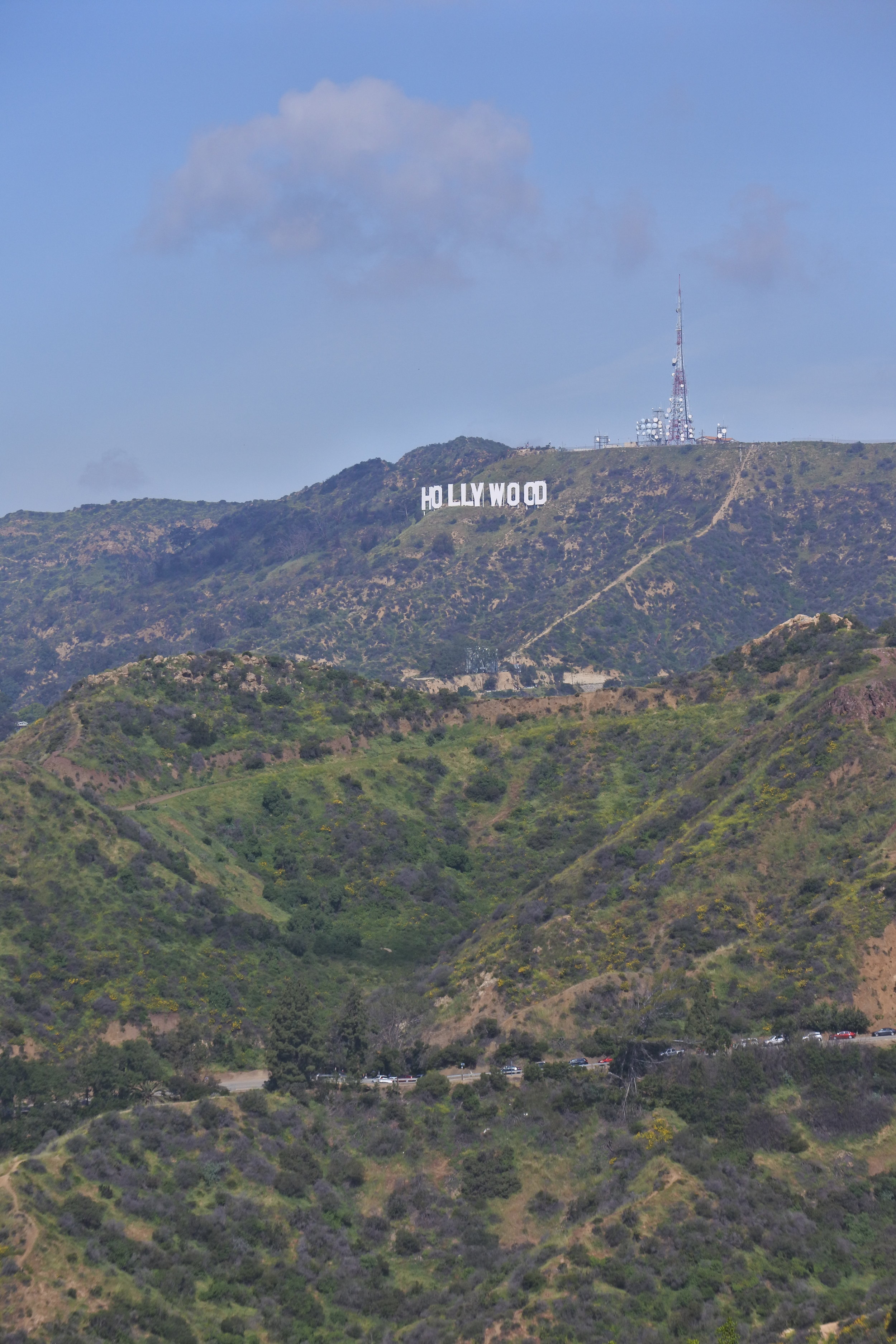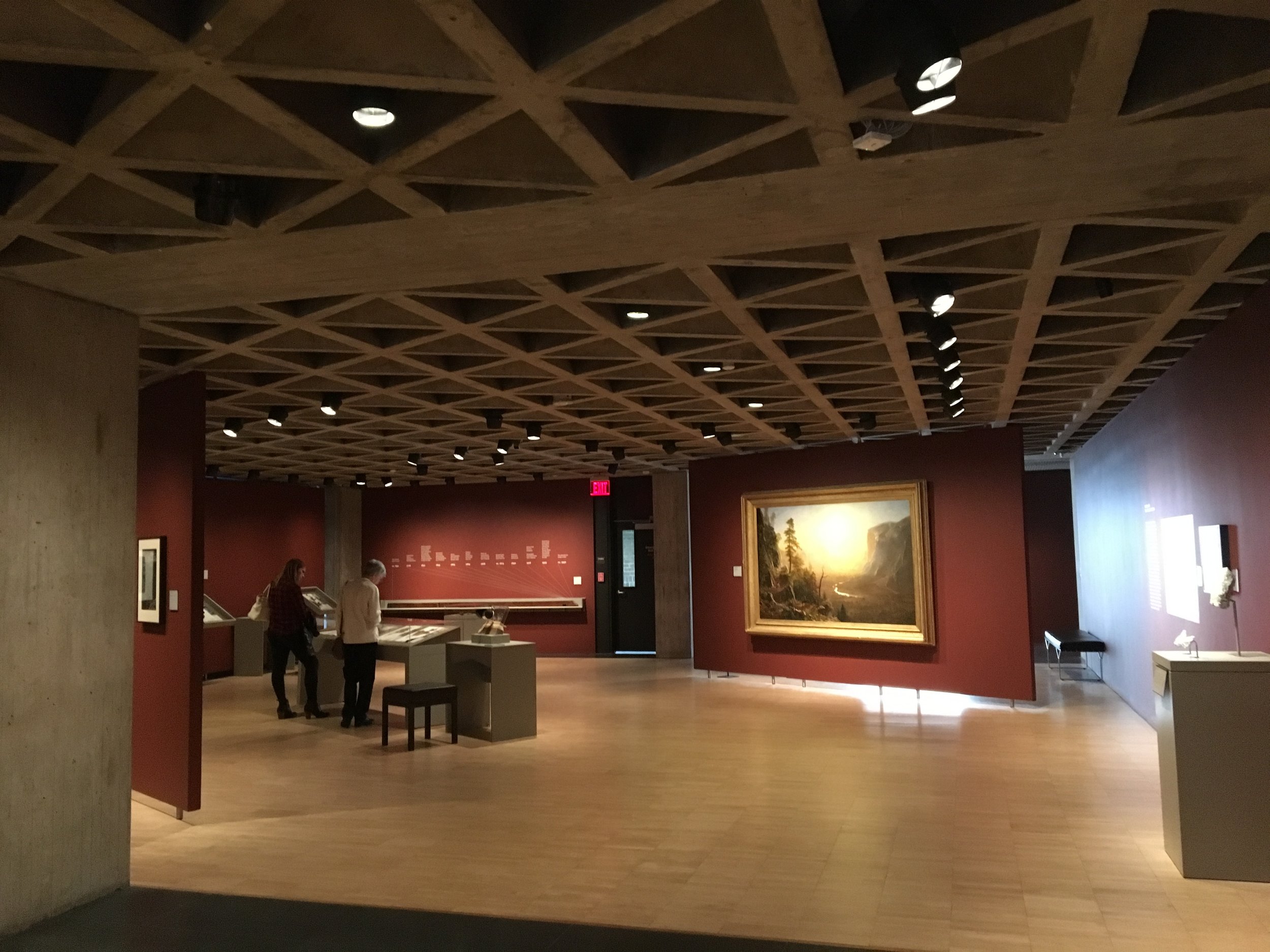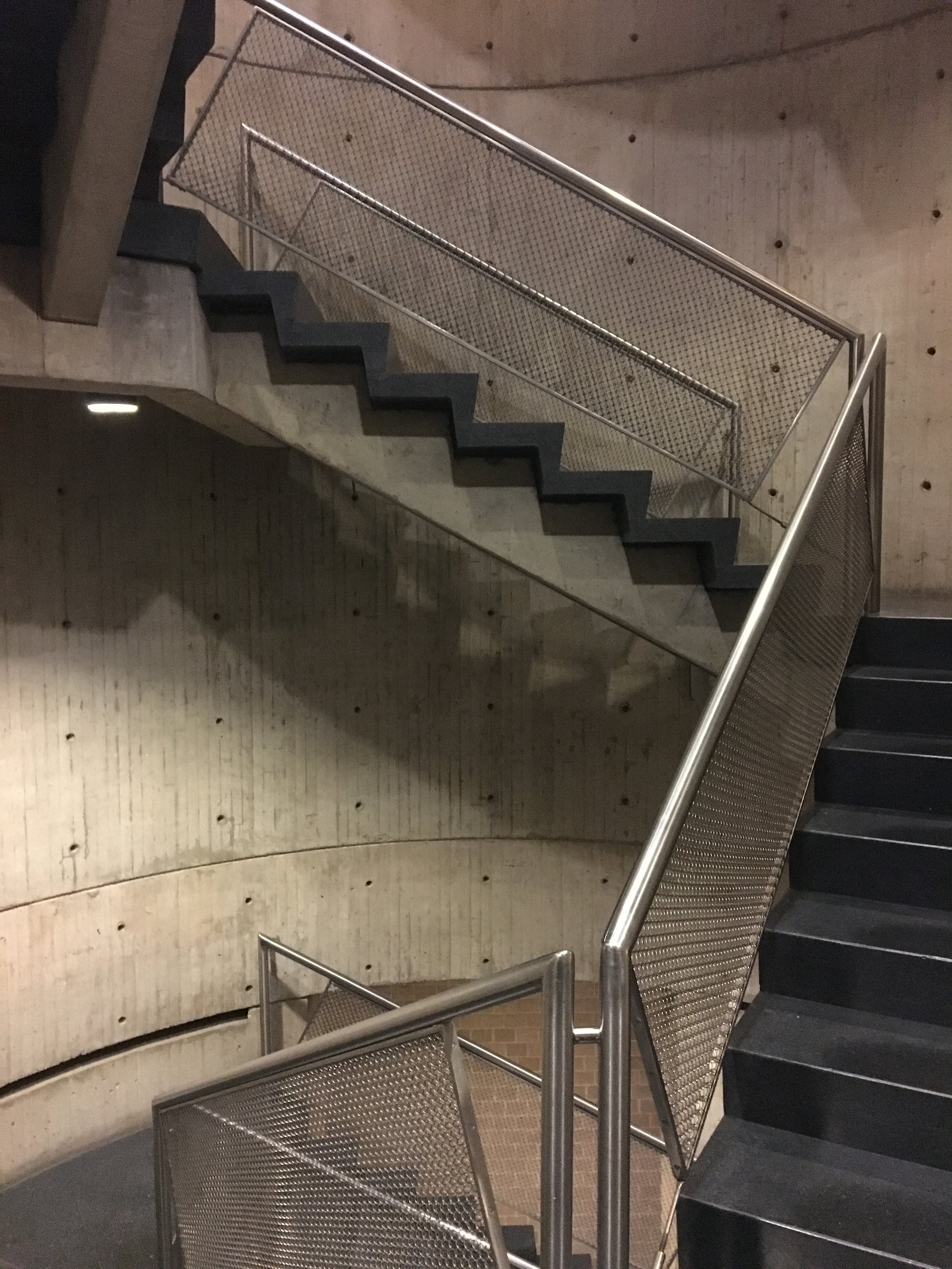Video - skylights as sundials
An all weather construction time-lapse camera is our newest office toy! We have grand plans to capture some outstanding construction progress videos in the future. But to get our feet wet with this new tech, we chose to record the peaceful progression of sunlight through the loft at our Upper Vassar Residence.
































